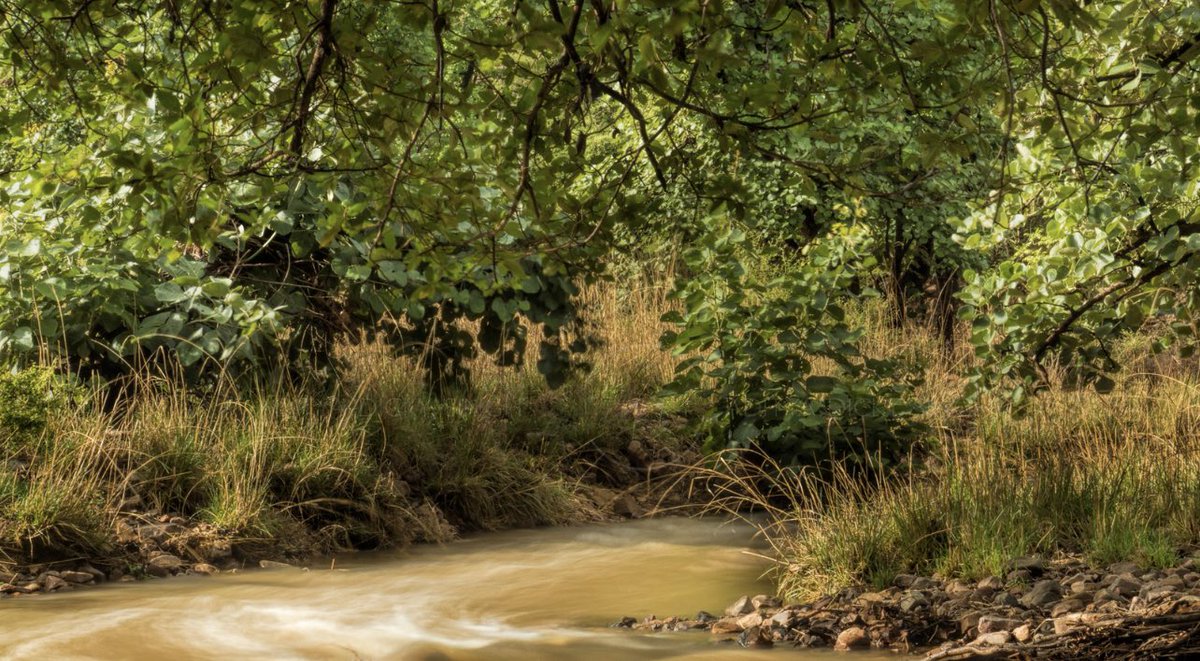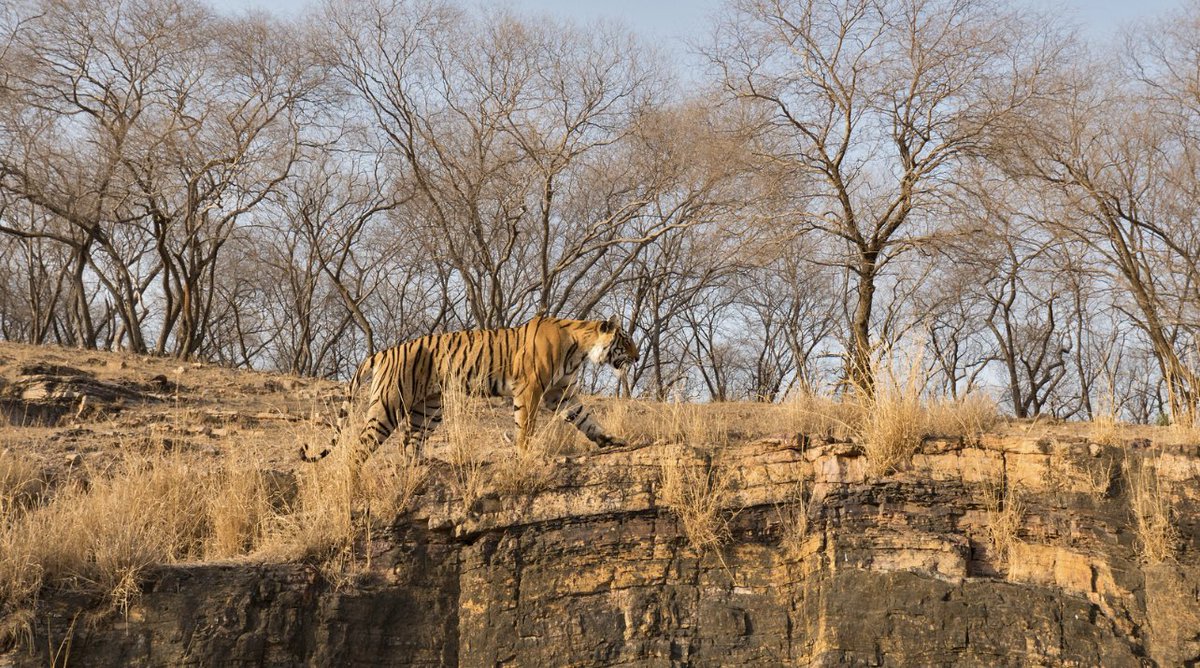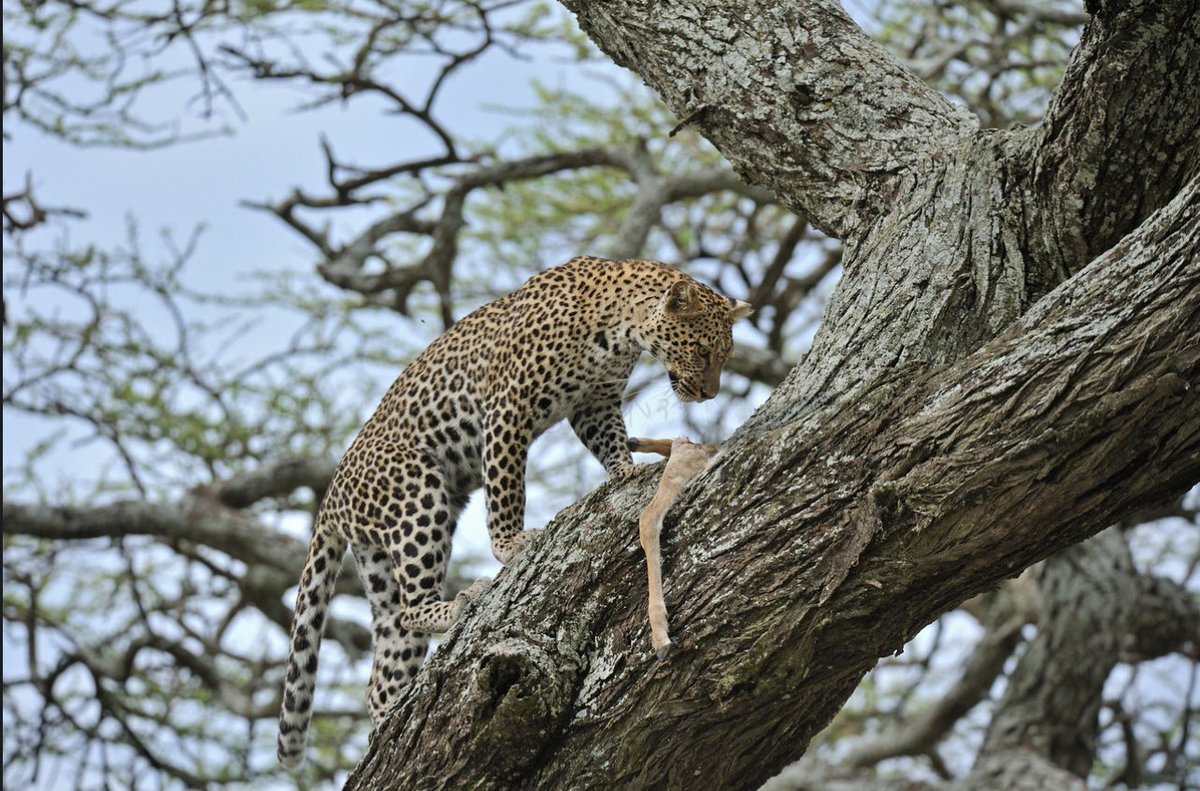
A lot can happen in 10 minutes - Let me tell you a short story about this picture of Arrowhead when she was a cub. #IndiAves no birds though but interesting. #ThePhotoHour 

7 years ago towards the end of the safari time we reached the exit with about 20 minutes to spare. The park had been very quiet. My friend and guide Raj Kumar decided that we are going to check an area for activity one last time. I went along reluctantly not expecting much but.. 







I was wrong. With a few minutes we heard Sambar deer frantically calling out in alarm and soon saw a tigress called Krishna with her 3 cubs in tow walking down the road. I remember Rajkumar telling me “Boss you have 10 minutes” and a lot can happen in 10 minutes 







• • •
Missing some Tweet in this thread? You can try to
force a refresh






































